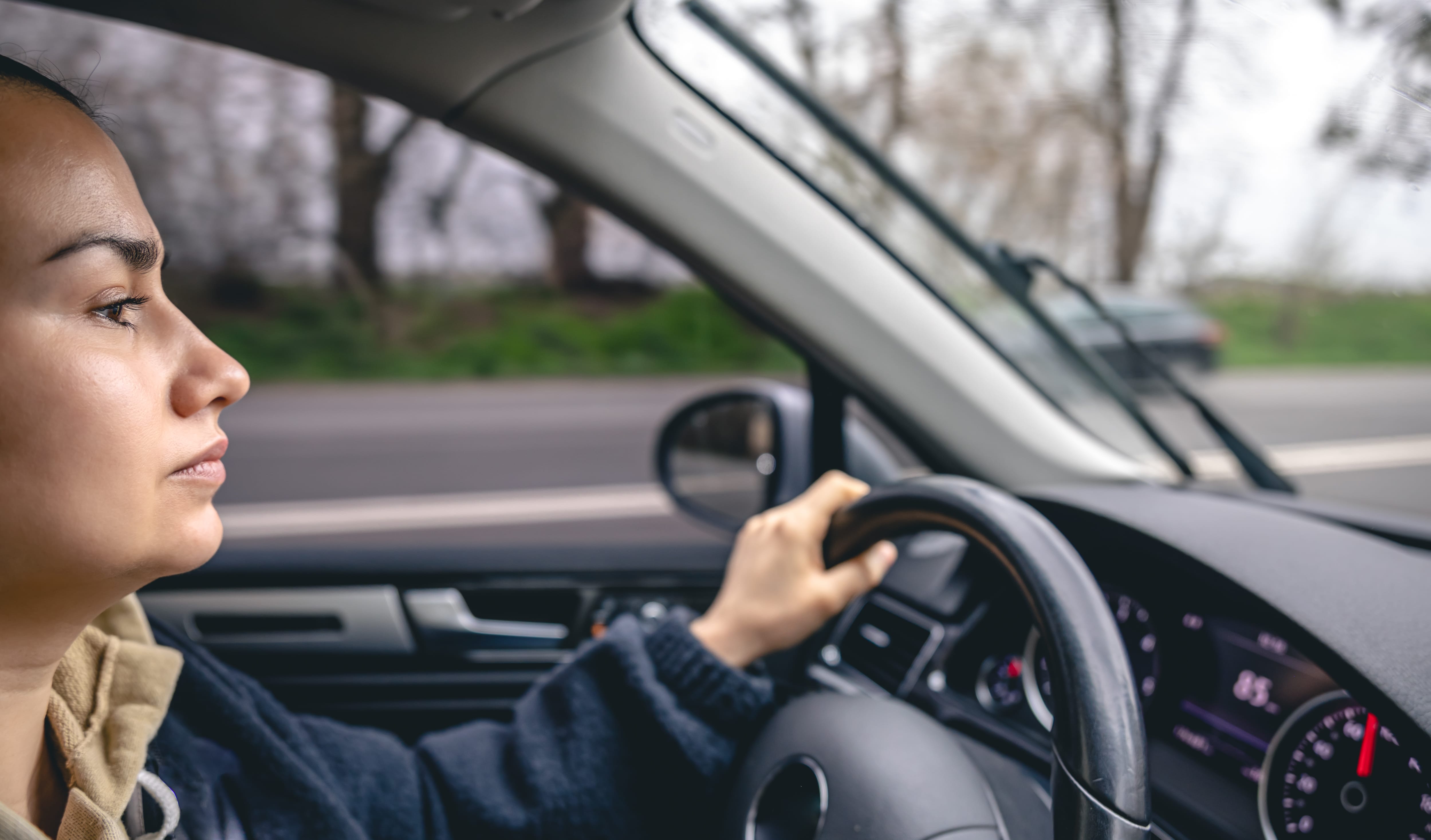Picture this: you’re driving down the Great Northern Highway when dark clouds roll in from nowhere. Within minutes, you’re navigating sideways rain, a road train appears in your mirrors, and there’s movement in the scrub that looks suspiciously like a kangaroo eyeing your path.
This is Western Australia, where conditions change faster than you’d believe possible, and help might be hours away. Here, defensive driving becomes essential: anticipating hazards and maintaining awareness so you have time and space to respond safely.
The challenges are real. Fatigue affects drivers on endless stretches between towns. Much of WA’s road network remains unsealed, with varying surface conditions that demand quick adaptation. Kangaroos are most active at dawn and dusk, travelling in groups and appearing without warning.
So, let’s explore what defensive driving really involves and how modern vehicle technology can support safer driving practices on WA’s challenging roads.
What is defensive driving?
Here’s the simple version
Defensive driving is essentially a systematic approach to road safety that helps you identify hazards early and respond appropriately. Instead of just following traffic rules and hoping for the best, you’re actively scanning for potential problems. You’re positioning yourself to handle unexpected situations.
Think of it this way: reactive drivers wait for situations to develop, then scramble to respond. Defensive drivers anticipate what might happen next and prepare accordingly.
The core habits that actually work
The best defensive drivers share one crucial habit: their eyes never stop moving. Scanning ahead, checking mirrors, and monitoring the periphery, it becomes second nature over time. They’re not just watching the road; they’re reading it, predicting what other drivers might do and staying ahead of changing conditions. The Road Safety Commission’s safety resources offer valuable guidance for developing these essential observation skills.
That two-second following rule from driving school isn’t outdated advice; it’s your lifeline. In good conditions, two seconds gives you thinking and stopping time. But when the weather turns nasty, visibility drops, or you hit challenging surfaces, stretch that gap to four seconds or more. This cushion of space becomes your escape route when situations develop quickly.
Speed limits assume perfect conditions with perfect drivers in perfect vehicles. Reality is messier. When rain reduces grip, fatigue clouds judgment, or unsealed roads change how your vehicle handles, smart drivers adjust accordingly. The sign might say 100, but conditions might demand 70.
Smooth, progressive movements separate good drivers from lucky ones. They keep your vehicle stable and telegraph your intentions to other road users. Sharp braking, sudden steering, and last-second lane changes- these jerky movements upset your car’s balance and steal your options when you need them most.
A framework you can actually remember
Want to turn “drive defensively” into something concrete? The IPSGA system breaks it down: Information, Position, Speed, Gear, Acceleration. It sounds technical, but it’s just a way to approach every hazard systematically. Flooded crossing ahead? Tight gravel corner coming up? IPSGA gives you a consistent process to work through the situation safely.
How do you build these habits? Try the commentary driving technique, just talk through what you see and what you’re going to do about it. “Car ahead is braking, I’ll ease off the accelerator and check my mirrors.” It feels strange at first, but this mental exercise trains your brain to constantly assess and respond to changing road conditions.
Why WA drivers need defensive skills more than most
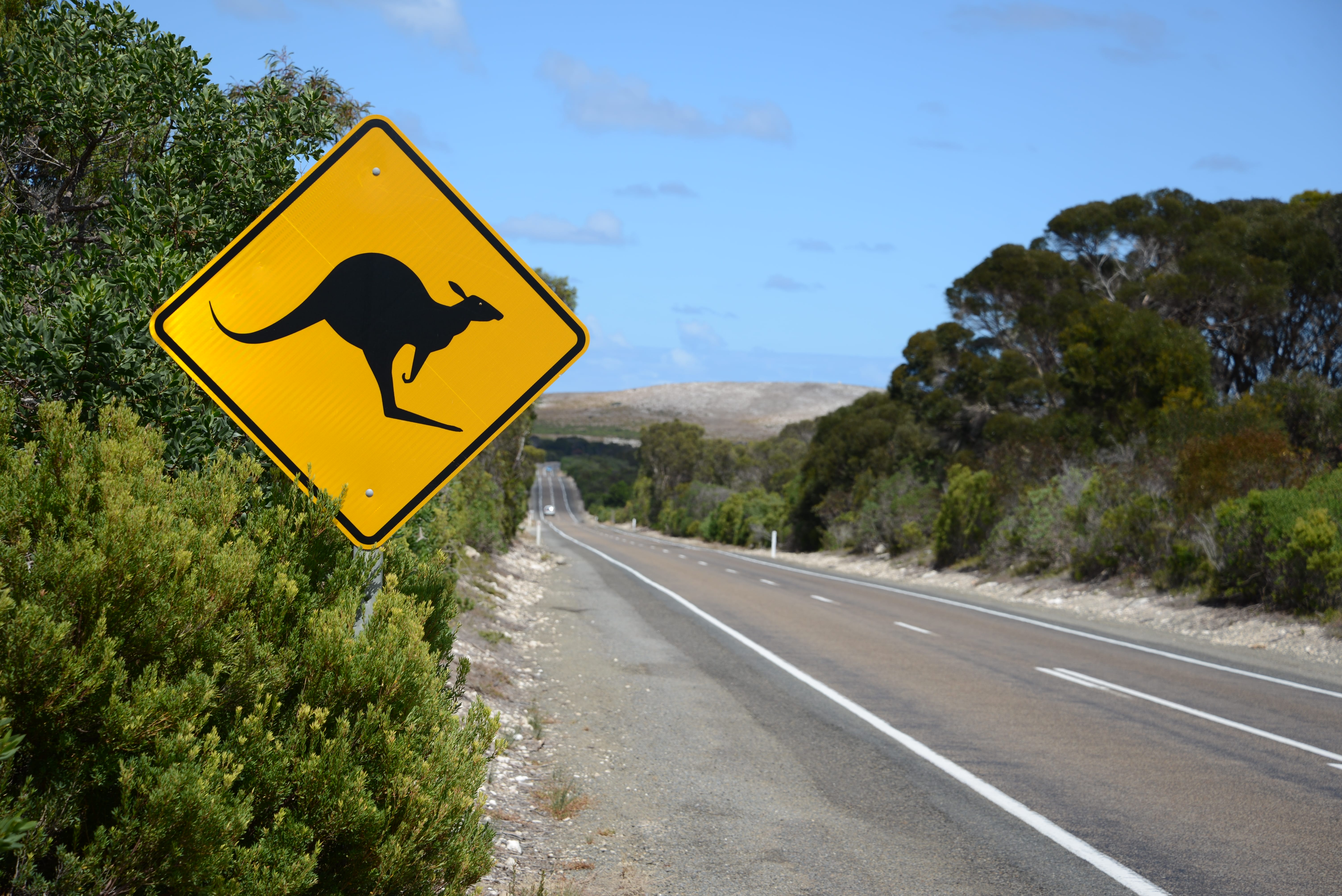
When the weather goes tropical
Australia experiences more storm activity than many people realise, and storms represent our most common natural hazard. WA’s summer storm season can transform road conditions within minutes. When severe weather strikes, the recommended approach is clear: reduce speed significantly, increase following distances, and never attempt to drive through floodwater.
The “if it’s flooded, forget it” message isn’t being overly cautious. Moving water possesses tremendous force, and what appears to be a shallow crossing can quickly become dangerous.
The unsealed reality
The reality of WA’s road network means extensive sections remain unsealed. This creates unique driving conditions: reduced visibility from dust, corrugated surfaces that affect vehicle control, and traction that varies dramatically with weather conditions.
Successful navigation of these roads requires modified techniques and realistic expectations. The Driving in WA resource hub provides valuable planning information for drivers venturing beyond sealed roads.
Sharing the road with road trains
Road trains operate under different physics than standard vehicles. These combinations can exceed 50 metres in length and require substantial space for any manoeuvre. Main Roads provides comprehensive guidance on safe interaction with road trains, but the essential principle is patience. Overtaking requires long, clear sections and complete commitment to the manoeuvre.
Wildlife and wandering tourists
Peak wildlife activity occurs during dawn and dusk periods, coinciding with reduced visibility. Kangaroos travel in groups and display unpredictable movement patterns. Additionally, tourist traffic often involves drivers unfamiliar with local conditions who may brake unexpectedly or travel at inappropriate speeds.
Defensive driving in these situations requires heightened awareness and conservative speed choices, particularly in known wildlife corridors.
Long distances and fatigue
WA’s vast distances create unique fatigue challenges. The Road Safety Commission’s research on fatigue-related crash risks demonstrates how extended driving periods significantly impair reaction times and decision-making. Driver Reviver stations provide essential rest opportunities during peak travel periods.
Effective fatigue management requires proactive planning rather than reactive responses to tiredness symptoms.
Lane discipline matters
On multi-lane highways, keeping left unless overtaking isn’t just a legal requirement; it’s a defensive strategy. Proper lane discipline reduces conflicts, maintains traffic flow, and provides better escape options when situations develop unexpectedly.
Check conditions before you go
Modern defensive driving begins before you start the engine. Checking current weather warnings and the Main Roads Travel Map for road closures, incidents, and conditions can prevent driving into problematic situations. A few minutes of preparation can save hours of delays or dangerous conditions.
How Subaru supports safer, more defensive driving
EyeSight Driver Assist
EyeSight’s stereo camera system continuously monitors the road ahead, identifying vehicles, pedestrians, and cyclists. The system can provide emergency braking assistance and help maintain safe following distances, particularly valuable on WA’s long highway sections where concentration can waver.
It’s important to understand this as driver assistance, not replacement. Your attention and decision-making remain central to safe driving.
Vision Assist and Rear Vehicle Detection
Blind Spot Monitoring and Lane Change Assist provide additional awareness during lane changes and merging situations. Rear Cross Traffic Alert proves particularly valuable when reversing from busy locations like beach car parks or shopping centres, where pedestrians and cyclists may not be immediately visible.
These systems supplement your observation skills rather than replacing proper mirror use and head checks.
Driver Monitoring System
Long-distance driving can induce fatigue before drivers recognise the symptoms. Driver Monitoring System technology uses infrared cameras to detect signs of drowsiness or inattention, providing timely alerts. This technology complements good fatigue management practices rather than replacing the need for regular rest breaks.
Symmetrical All-Wheel Drive and Vehicle Dynamics Control
WA’s diverse road surfaces, from wet bitumen to sandy tracks to loose gravel, challenge vehicle traction systems. Subaru’s Symmetrical All-Wheel Drive provides balanced traction distribution to all wheels continuously. Vehicle Dynamics Control systems help manage wheel slip and maintain stability on challenging surfaces.
X-Mode and Hill Descent Control
Models equipped with X-Mode technology offer optimised traction control for specific surface conditions, including sand, gravel, and dirt roads. This proves valuable when accessing remote locations or navigating challenging approach roads to camping areas and scenic lookouts.
Built-in crash protection
Subaru’s safety philosophy encompasses prevention, protection, and post-impact safety. Independent testing organisations like ANCAP validate this approach across the model range. The current Forester’s safety ratings demonstrate how comprehensive safety systems perform in real-world scenarios.
Set your Subaru for safety
Before starting your journey, confirm EyeSight system status via the dashboard display, ensure the windscreen area in front of the stereo cameras remains clean, configure your preferred adaptive cruise control following distance, and verify that safety alerts like Lane Departure Warning are set to your preferences.
Defensive driving tips for WA drivers
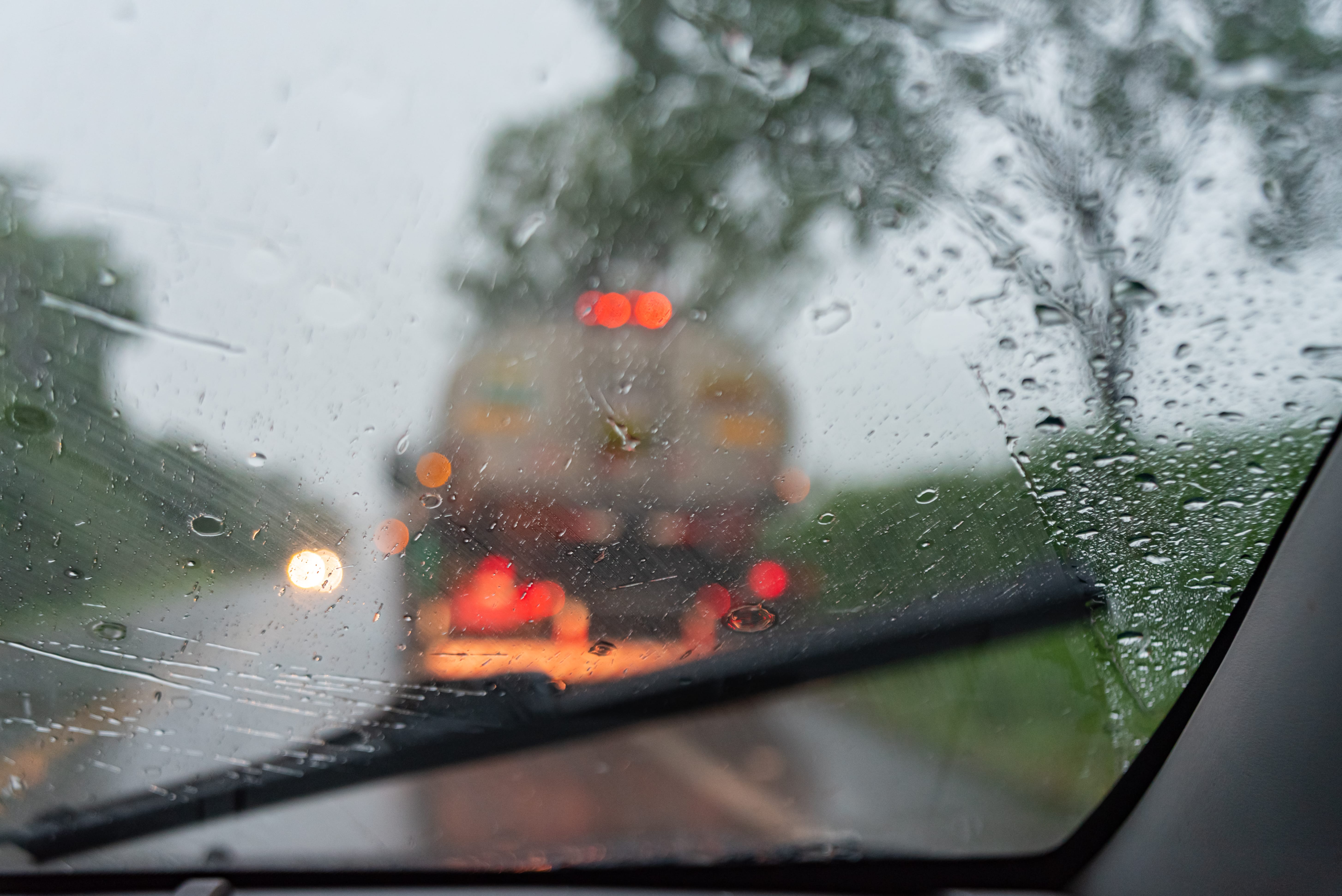
Rainy day – behind car window
That car ahead just slammed on its brakes. Are you close enough to read their number plate? If so, you’re following too closely. Master the following distance game: two seconds in perfect conditions, four or more when conditions deteriorate. Use the “one thousand and one” counting method. If you pass the same landmark before finishing your count, back off.
While you’re maintaining that safe distance, your eyes should be working overtime. Develop scanning habits that keep you moving between mirrors, the road ahead, the periphery, and instruments. Vision Assist technology provides excellent backup, but never replace proper head checks with gadgets.
Speaking of surfaces, that smooth bitumen ahead is about to turn into loose gravel. Are you ready? Unsealed roads demand a completely different approach: smoother inputs, longer stopping distances, and a gentler touch on all controls. What feels controlled on bitumen can send you sideways in the scrub.
Your eyelids are getting heavy, but you tell yourself you’re “nearly there.” This is exactly when accidents happen. Strategic rest breaks aren’t suggestions; they’re survival tactics. Fatigue kills, so plan stops every two hours minimum, more when conditions challenge you.
Those dark clouds building on the horizon? They’re not just a scenic backdrop; they’re your cue to reassess your journey. Weather awareness separates smart drivers from stranded ones. Check conditions before departing, and don’t hesitate to delay or reroute when storms threaten. Remember: floodwater turns vehicles into boats, and not the seaworthy kind.
Dawn and dusk transform peaceful roads into wildlife highways. Spot one kangaroo and expect company; they rarely travel alone. Animal collisions spike during these twilight hours, so scan continuously through known wildlife corridors and slow down without hesitation.
When fog rolls in, your instinct says “more light”, but high beam actually makes things worse. Proper lighting technique uses low beam and fog lights to cut through conditions rather than bounce light back into your eyes.
That right lane might look faster, but it’s where aggressive drivers congregate. Smart positioning means keeping left unless overtaking, you’ll avoid conflicts and maintain better escape options when situations develop quickly.
Modern safety systems like EyeSight and all-wheel drive can create dangerous overconfidence. These technologies enhance your capabilities but never replace your attention. Keep hands on the wheel, eyes on the road, mind on the task. Technology supports you, but you’re still driving.
Road train overtaking reminder
- Only overtake on long, clear straights with excellent visibility
- Indicate early and commit decisively when safe
- Remember, combinations can be 50+ metres long
- Allow extra time and distance to complete the manoeuvre
- Return to your lane with plenty of clearance
Tools and downloads that make a difference
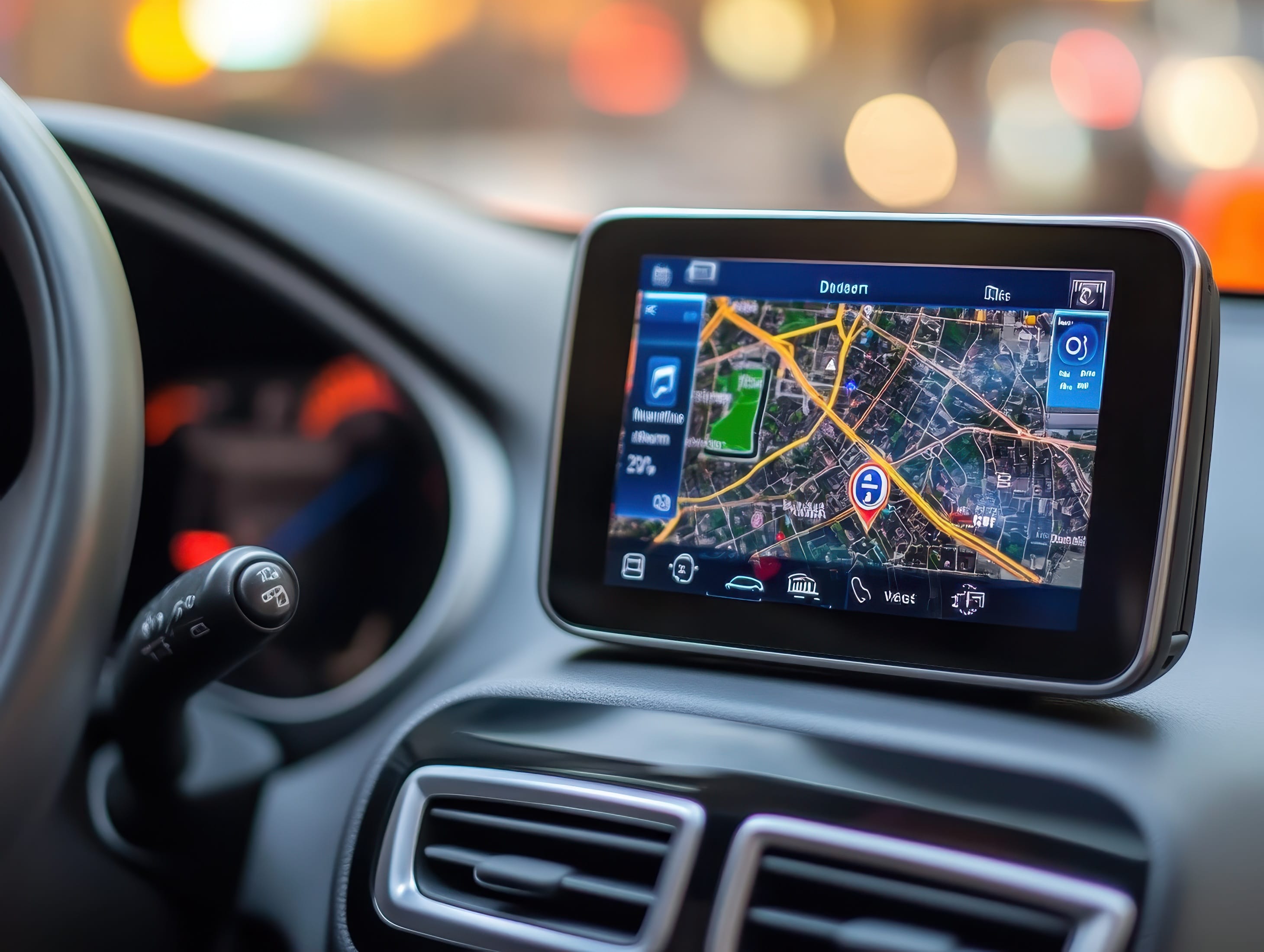
Before you even turn the key, smart preparation starts with information. The Main Roads Travel Map should be your first stop, bookmark it and check before every trip. Real-time updates on closures, incidents, and road conditions can save you from hours of frustration or dangerous surprises.
Technology becomes your lifeline when things go wrong in remote areas. Download the Emergency+ app before heading into the bush; it automatically provides Triple Zero with your exact GPS coordinates, even when you’re not entirely sure where you are. In an emergency, those precise coordinates could mean the difference between quick rescue and a long, dangerous wait.
Long-distance driving doesn’t have to be a solo endurance test. Driver Reviver sites appear during holiday periods, staffed by volunteers who genuinely understand the importance of regular breaks. Free coffee, friendly conversation, and a chance to stretch your legs, it’s community support that keeps WA’s roads safer for everyone.
When a wildlife collision becomes reality rather than a possibility, your response matters enormously. Stay calm, move to safety if the vehicle remains drivable, check all passengers for injuries, and thoroughly assess any damage. Even seemingly minor impacts can compromise steering, lights, or structural integrity. RAC’s comprehensive collision guide walks you through both prevention strategies and proper response procedures, essential reading for anyone venturing beyond the suburbs.
Taking defensive driving further
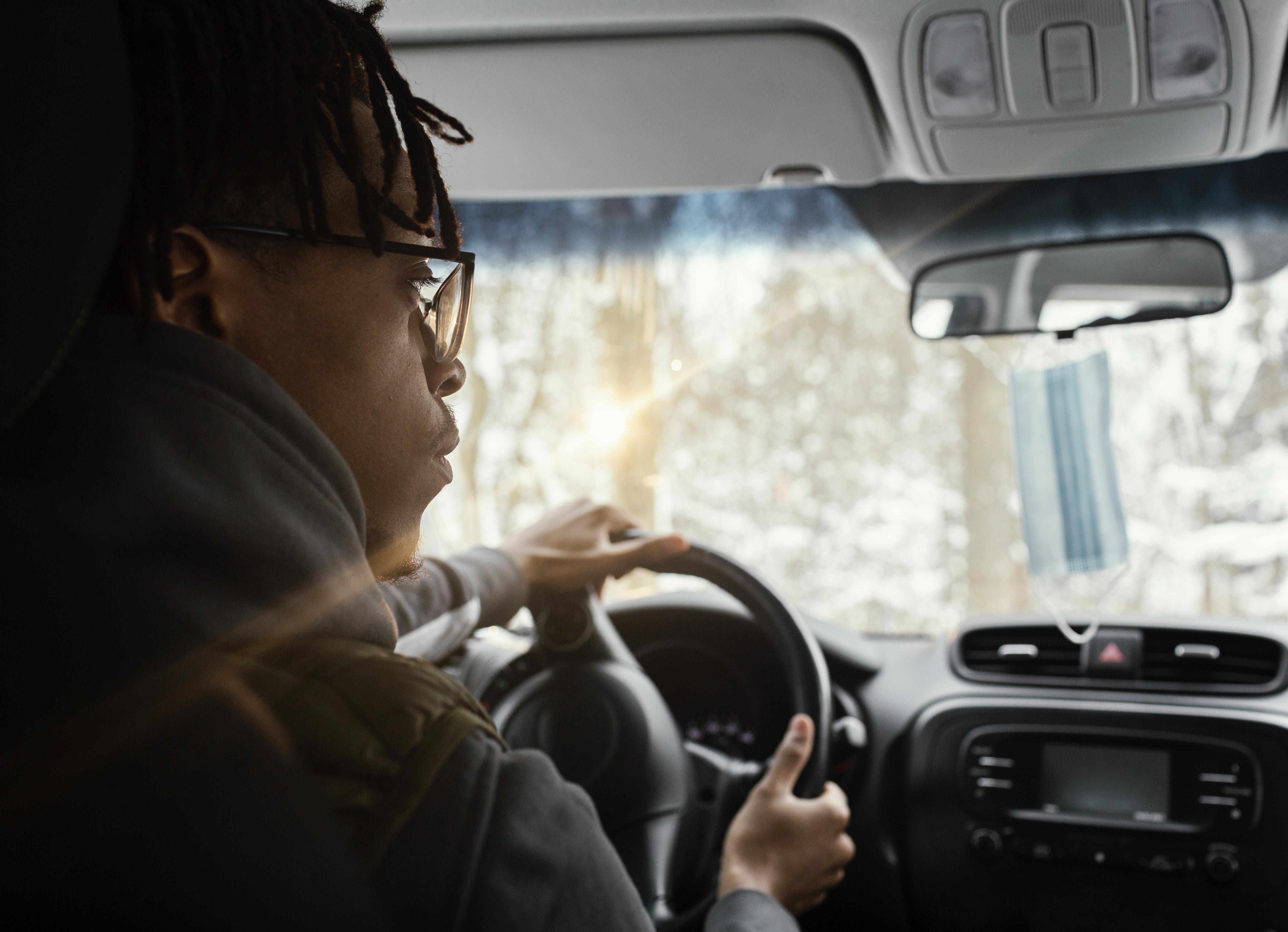
The truth about defensive driving is that it’s not about being scared of the road; it’s about being prepared for anything WA can throw at you. Whether that’s a sudden storm cell, a mob of roos, or just the hypnotic effect of endless highway, having the right skills and mindset makes all the difference.
This is where modern vehicle technology becomes your silent co-pilot. Subaru’s safety systems work brilliantly alongside defensive driving habits, providing extra eyes when you’re scanning for hazards, better grip when surfaces turn treacherous, and backup systems precisely when you need them most. The real magic happens when human judgment combines with intelligent technology; you get the best of both worlds, working to keep you safe.
Ready to experience how these systems feel on WA roads? Our SUV range is purpose-built for Australian conditions, combining EyeSight driver assistance, Vision Assist monitoring, and Symmetrical All-Wheel Drive into vehicles that genuinely support your defensive driving skills.
Come see us at Perth City Subaru and take one for a test drive. Because when it comes to getting home safely on WA’s diverse and challenging roads, every advantage helps, and the best way to understand how these technologies work is to experience them yourself.
For more safety insights, explore our Subaru Safety Features Guide and discover specific tips for driving in wet weather and country roads. Compare safety and AWD setups across the Forester, Outback and Crosstrek ranges.

